As far as movie geniuses go, David Lynch reigns supreme. His projects are often as baffling as they are compelling, and it’s hard to find movies and television shows that manage to become as polarizing as his do. Lynche’s movies are hard to understand because one gets so caught up in the out-of-this-world aesthetics and unique storylines that, by the end of it, we’re left feeling more confused and filled with questions than ever. But then again, that’s what makes everything David Lynch touches a masterpiece in its own right.
Back when it first premiered, Blue Velvet shocked audiences and critics alike. Decades later, it’s considered a unique piece of cinema that’s been the target of several attempts to explain what is at the core of the story. Whether you love it or hate it, Blue Velvet is one of those movies that will live forever in the history of cinema as one of the boldest and most daring art projects to have ever been made. Let’s take a look back and review 10 hidden details you missed in the film.
Caught In The Middle
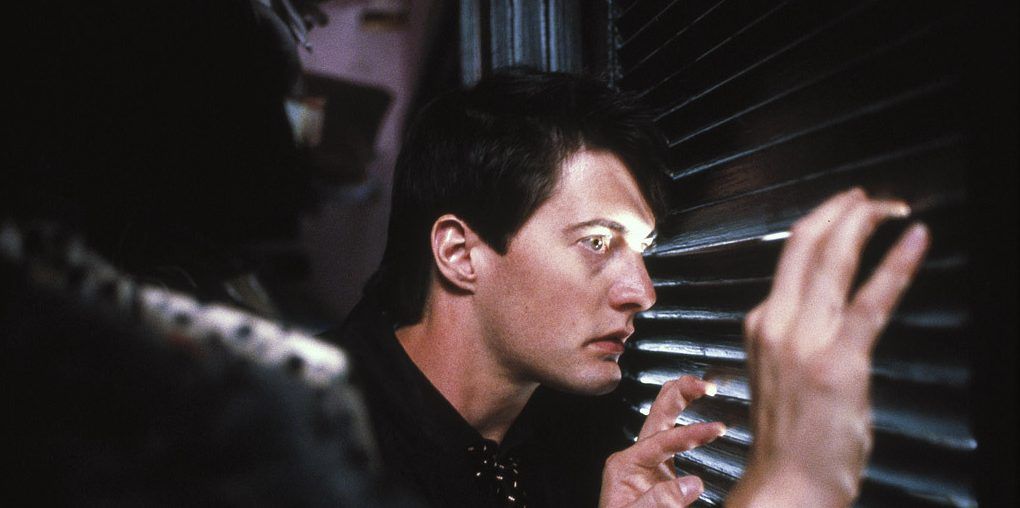
Who doesn’t love a good pun in the middle of a movie? Even if it’s a movie as dark and unsettling as Blue Velvet, there’s just an undeniable charm about a director and/or writer adding a little gag in the middle…and in this case, quite literally in the middle.
You see, exactly halfway through the movie, Kyle MacLachlan’s character, Jeffrey, utters the phrase “I’m the middle of a mystery” which, let’s face it, he is. Both literally and figuratively.
Subtle Abraham
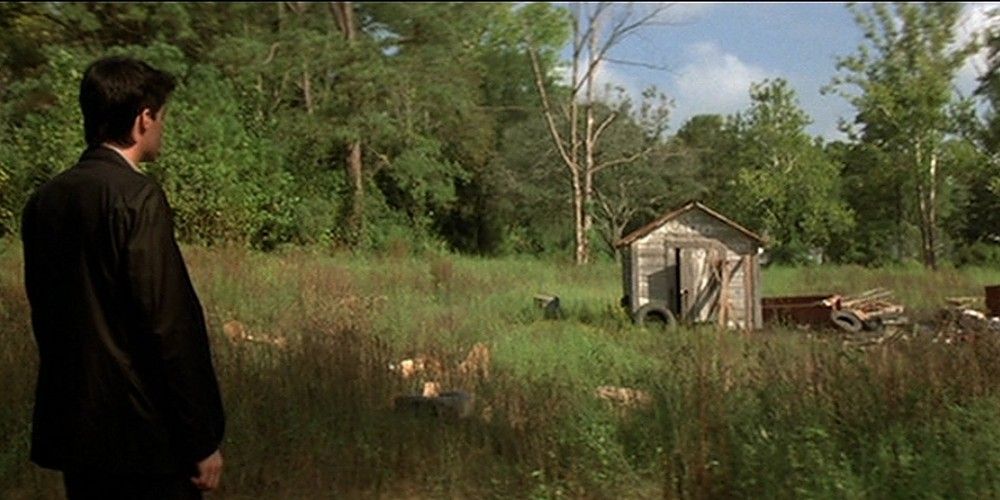
Directors, like the artists they are, often have their own specific signatures, which they make a point to insert into their projects. In Lynch’s case, this includes subtle details, such as deep rivers and highways at night. Both of these are present in Blue Velvet, as are several references to Abraham Lincoln’s assassination.
For instance, Jeffrey receives a warning to not venture into Lincoln Street, the name of Frank Booth is eerily similar to the one of the man who murdered Lincoln (John Wilkes Booth), and even the scene where Jeffrey shoots Frank evokes the way Abraham Lincoln was killed.
Meaningful Tears
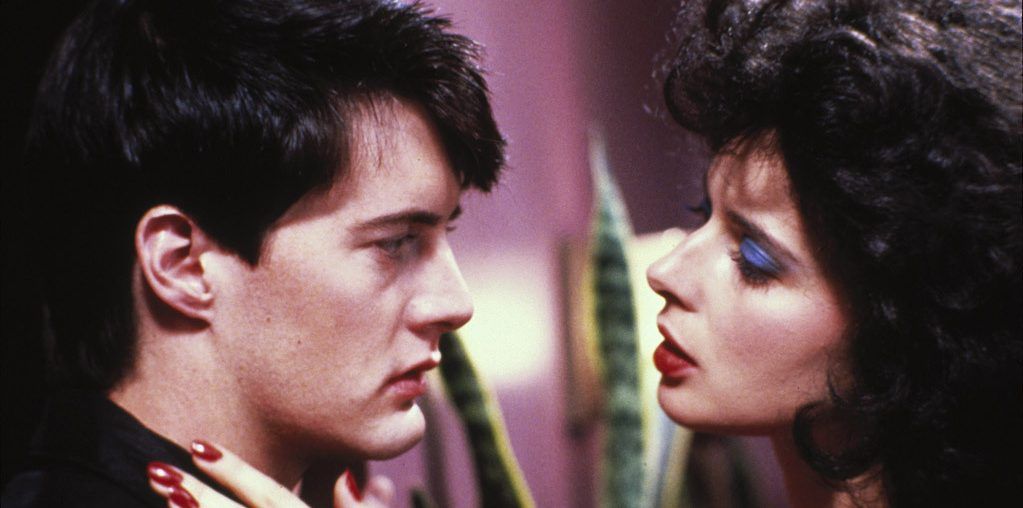
Many of the themes present in Blue Velvet revolve around sexuality and, its core, the film is about growing up. Some have even linked Jeffrey’s journey to Freud’s theory of the three parts of the psyche, even though Lynch has never confirmed this or talked about it – his writing process is much freer than that.
In the scene were Jeffrey is beaten up by Frank and he begins crying, we do know that his tears are meaningful because they symbolize Jeffrey’s realization that he is given into his dark side, and slowly becoming more like Frank Booth due to his sexual encounters with Dorothy, that often involve violence.
Foreshadowing Through Dreams
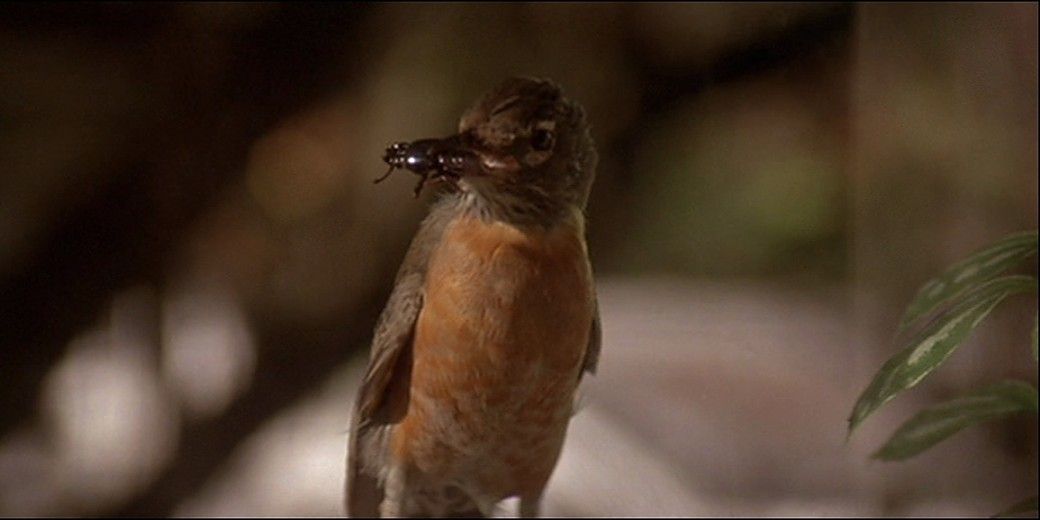
There’s one instance in the movie when Jeffrey and Sandy are talking where she tells him about a dream she had the previous night. In this dream, robins come down from the sky to devour insects that have taken over the world. This might sound like nonsense, but the dream actually serves as foreshadowing.
In the final scene of Blue Velvet, Jeffrey, Sandy and Aunt Barbara see a robin devouring a beetle – this actually represents love and good triumphing over evil, which, by the end of the movie, is what actually happens.
Tap, Tap, Tap, Tap
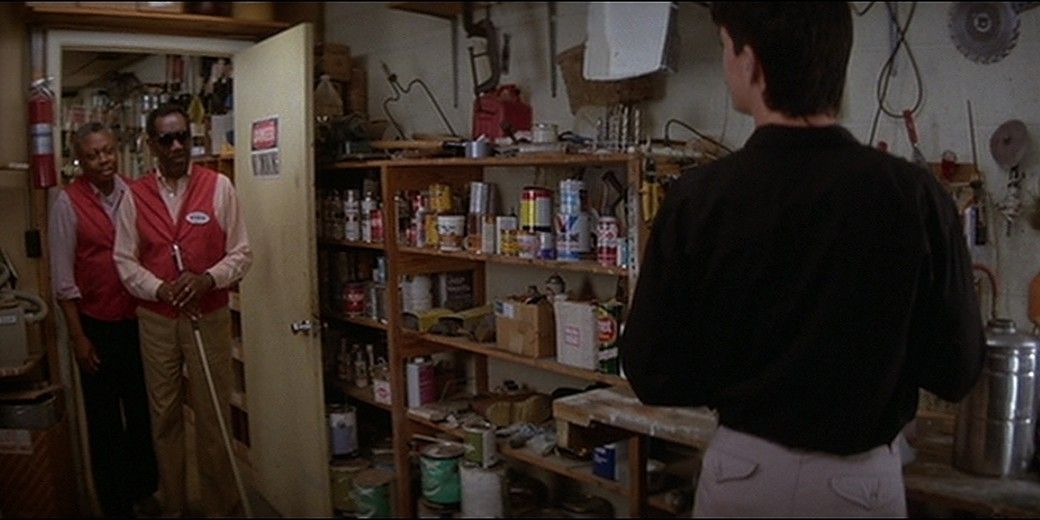
For a curious fact that strays away from the darker and more complex themes of the movie, we recall a scene in which Jeffrey has an interesting exchange with his bling co-worker. In this particular scene, Jeffrey holds up his hand and asks the co-worker how many fingers he is holding up.
The bling man ends up guessing right, and you might wonder if there’s something shady about this many that works as some sort of foreshadowing. Actually it’s simpler than that – if you look closely, you notice the man’s companion tapping his shoulder four times very quickly in order to let him know Jeffrey is holding four fingers.
Drug Trafficking
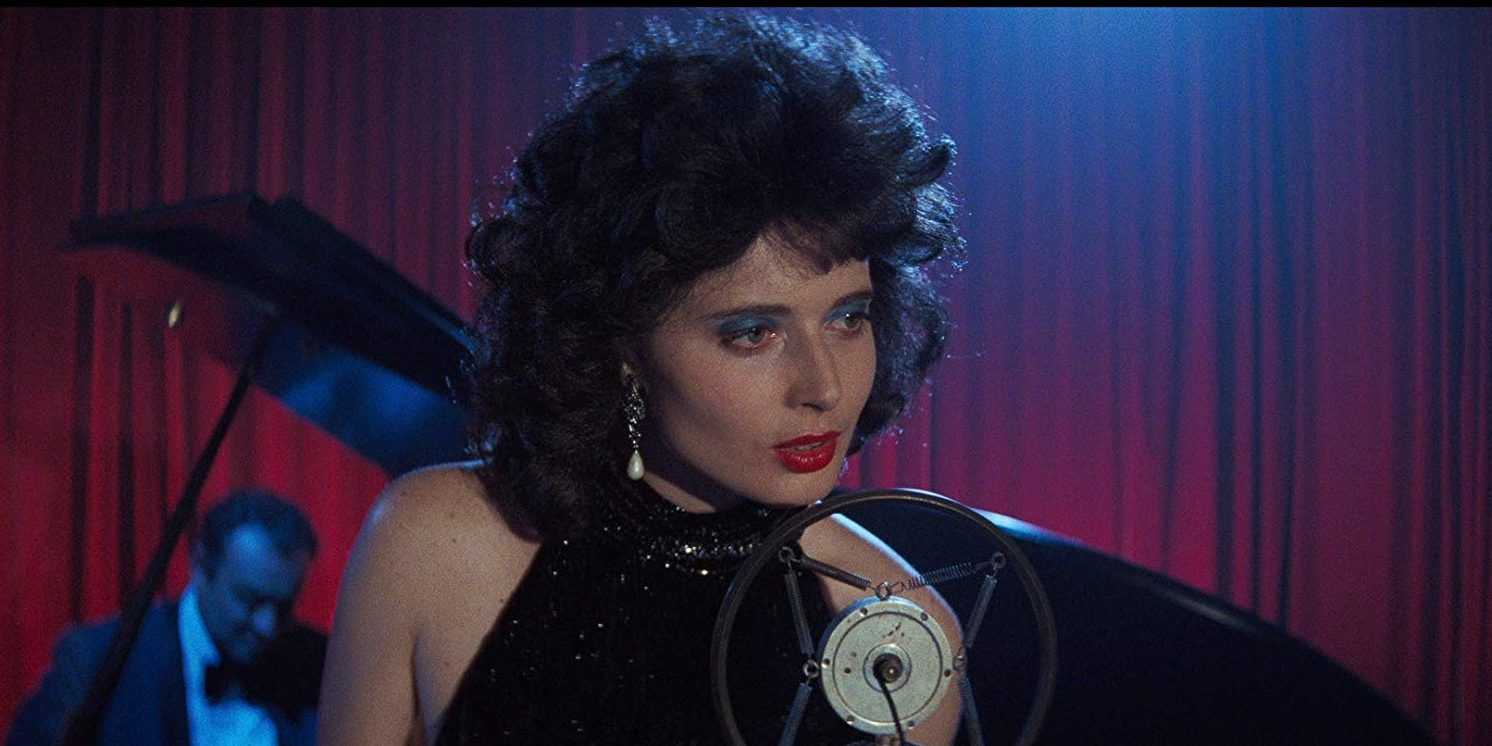
The original cut of Blue Velvet ran for four hours, which forced David Lynch to get to work and cut his masterpiece in half. The two-hour version that reached the screens had many details implied that were never fully explained to the audiences unless you pay very close attention to the dialogue and the subliminal text.
Frank cutting off Don’s ear was a result from his previous life as a dealer. Once Don tried to straighten up his life and work as a mole for the police, Frank kidnapped him and Dorothy’s son as leverage, and becoming obsessed with her in the process. Cutting off Don’s ear was a way to keep Dorothy alive since her mental health was declining at an alarming rate after the kidnappings took place.
Profanity!
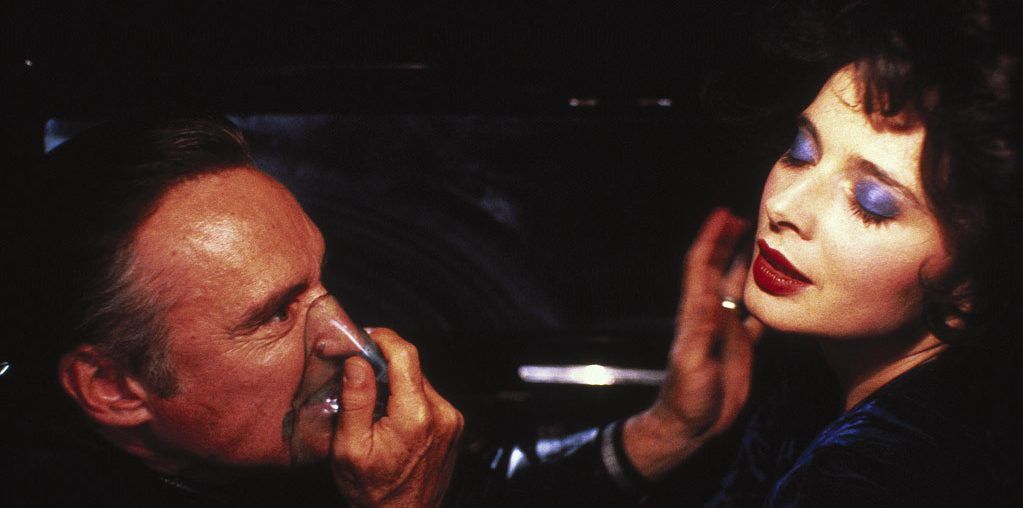
There’s a fair amount of profanity used in the movie, mostly in the form of the use of the “f” word. This isn’t unheard of in movies that are far from being PG-13, let alone a David Lynch movie.
In Blue Velvet, the word is used a grand total of fifty-six times. The curious part? Fifty-five out of those fifty-six, the word is said by none other than Frank Booth.
An Interesting Cameo
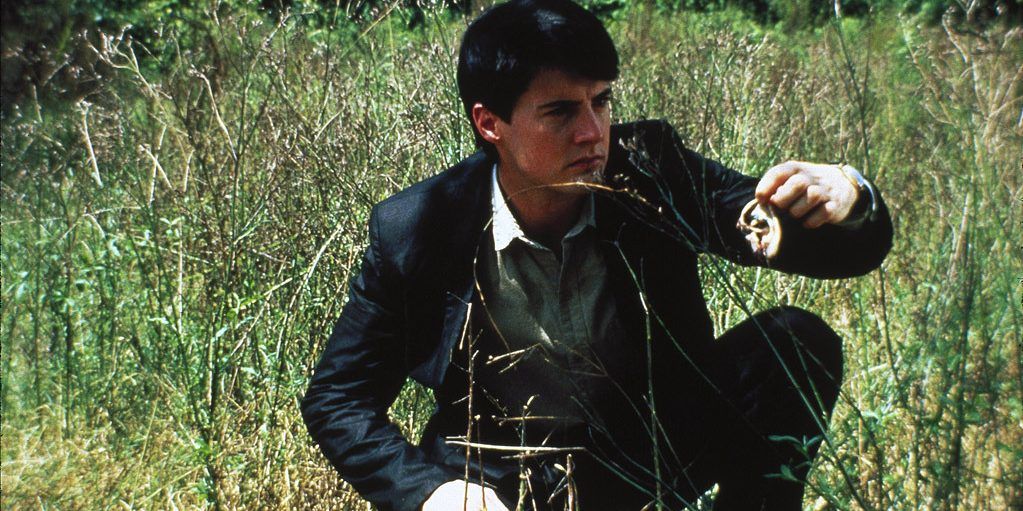
Cameos are always a great thing to try to spot in a movie. Sometimes, they are very much in your face and done so audiences can spot them without even trying – such is the case of Stan Lee in all the Marvel movies that were recorded prior to his demise. Others, however, are a tad more subtle.
In Blue Velvet, producer Fred C. Caruso gets a cameo. Can you guess where and when? Well, in the severed ear that Jeffrey finds and that propels the story found. Instead of modeling Don’s ear after Dick Green, the actor, the makeup department ended up modeling it after the producer. That is one strange cameo!
Roy Orbinson Is Everywhere
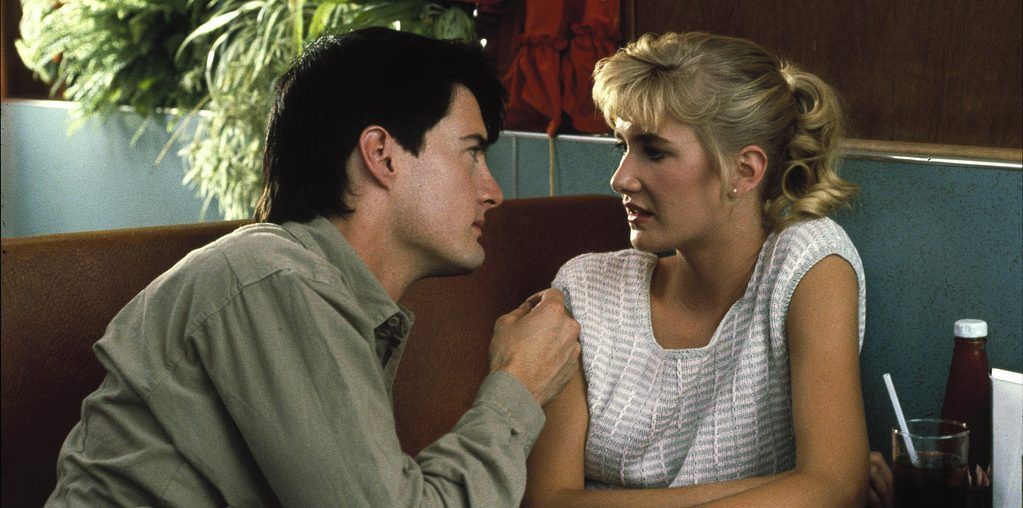
Is it even possible to hear the words Blue Velvet without immediately thinking about Roy Orbinson’s beautiful and timeless rendition of the song? We don’t think so.
Turns out, this isn’t the only song of his that made its way to the movie. Lynch was such a big fan of Orbinson’s, he included another song of his, “In Dreams”, in Blue Velvet.
What Year Is This?
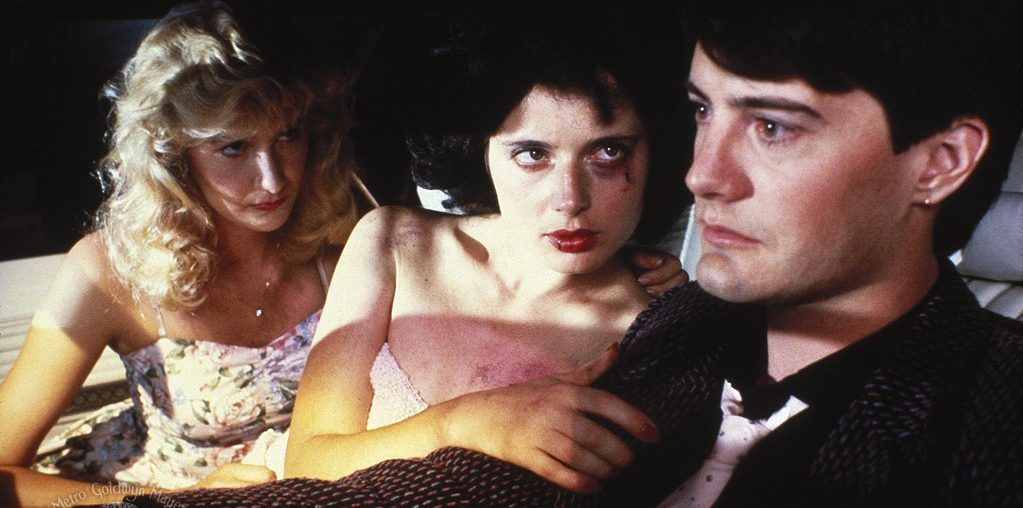
It’s never stated exactly in what year the movie is set, which is probably very much intentional on Lynch’s part. His movies can happen today, yesterday, or, as far as the world is concerned, in an alternate reality.
It’s theorized that it might have taken place in the 50s, considering the elements borrowed from the 50s noir movies. But another very interesting possibility is the fact that Blue Velvet actually happens – you guessed it – in another plane of existence. we very much enjoy this possibility.




